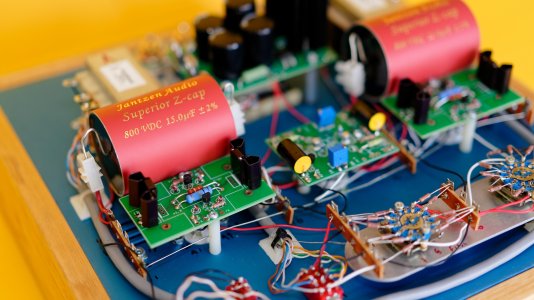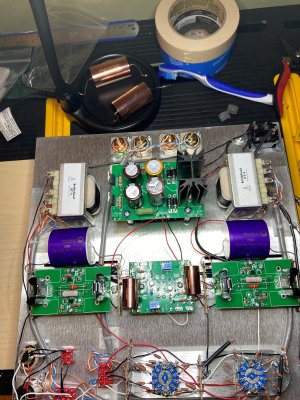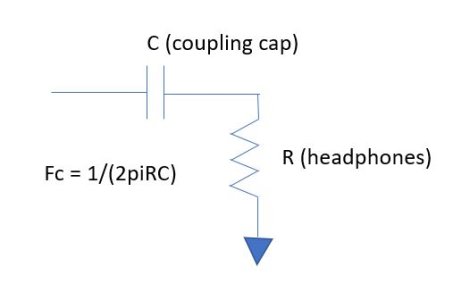PassionForSound
New member
mercury128 said:Hi Lachlan
I purchased a pair of the Jantzen Superior 15 uf capacitors based on your recommendation. Any tips for how you installed and secured them, as they're much larger than the previous capacitors there!
Thanks
- Alex
Hi Alex,
Sorry about my slow response - I'm not here (or on other forums) as often these days. The Jantzens are a bit tricky to install. I ended up using cable tie anchors (the adhesive squares with the flat holes to take cables ties through them) and then attached the caps using a couple of cable ties joined together for length. The caps themselves then sit snugly between the 6c45pi boards and the transformers, but are not held in by the boards which is why the cable ties are necessary.
I've attached and artsy photo to show where they sit (but not how they are held in place)




